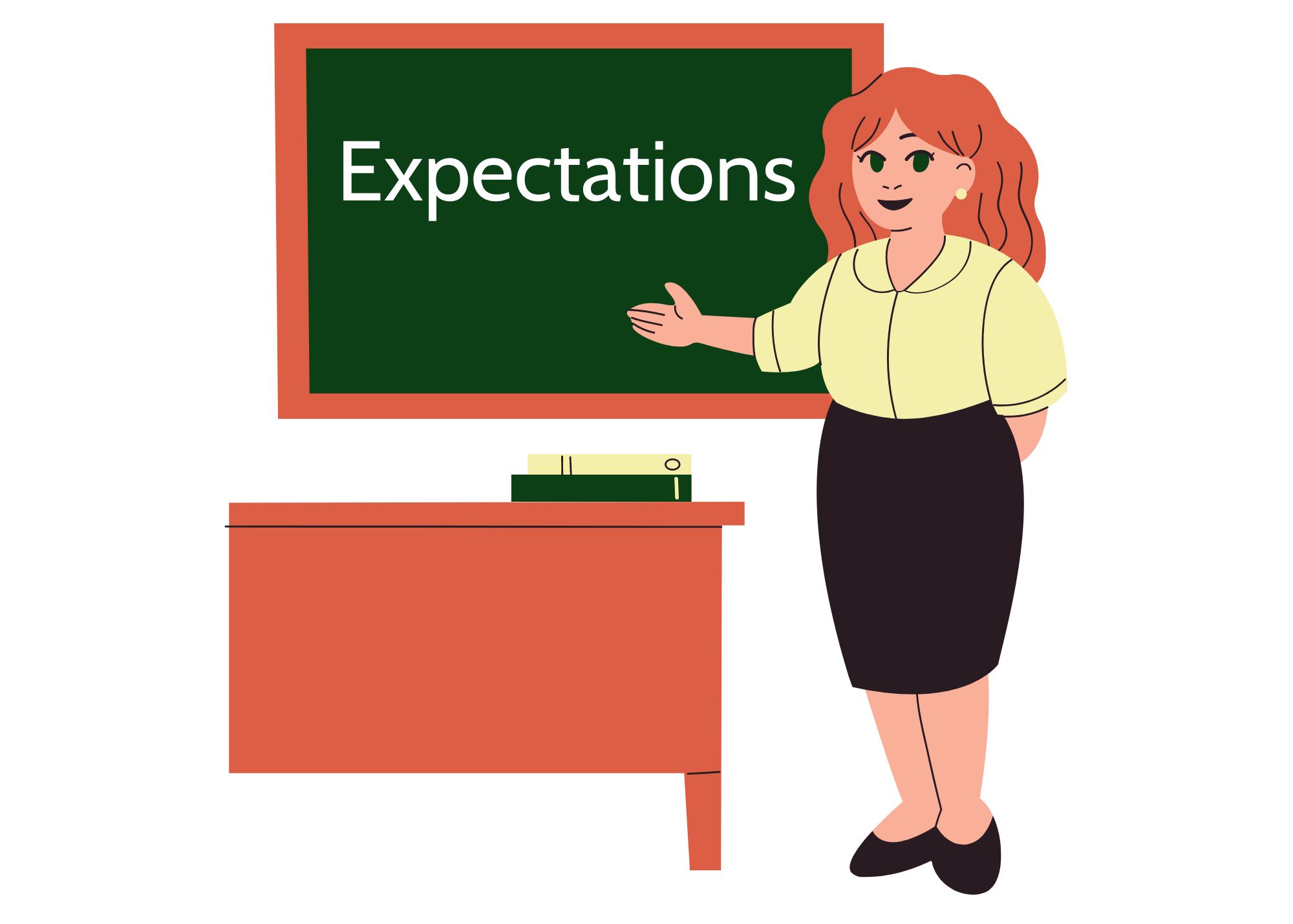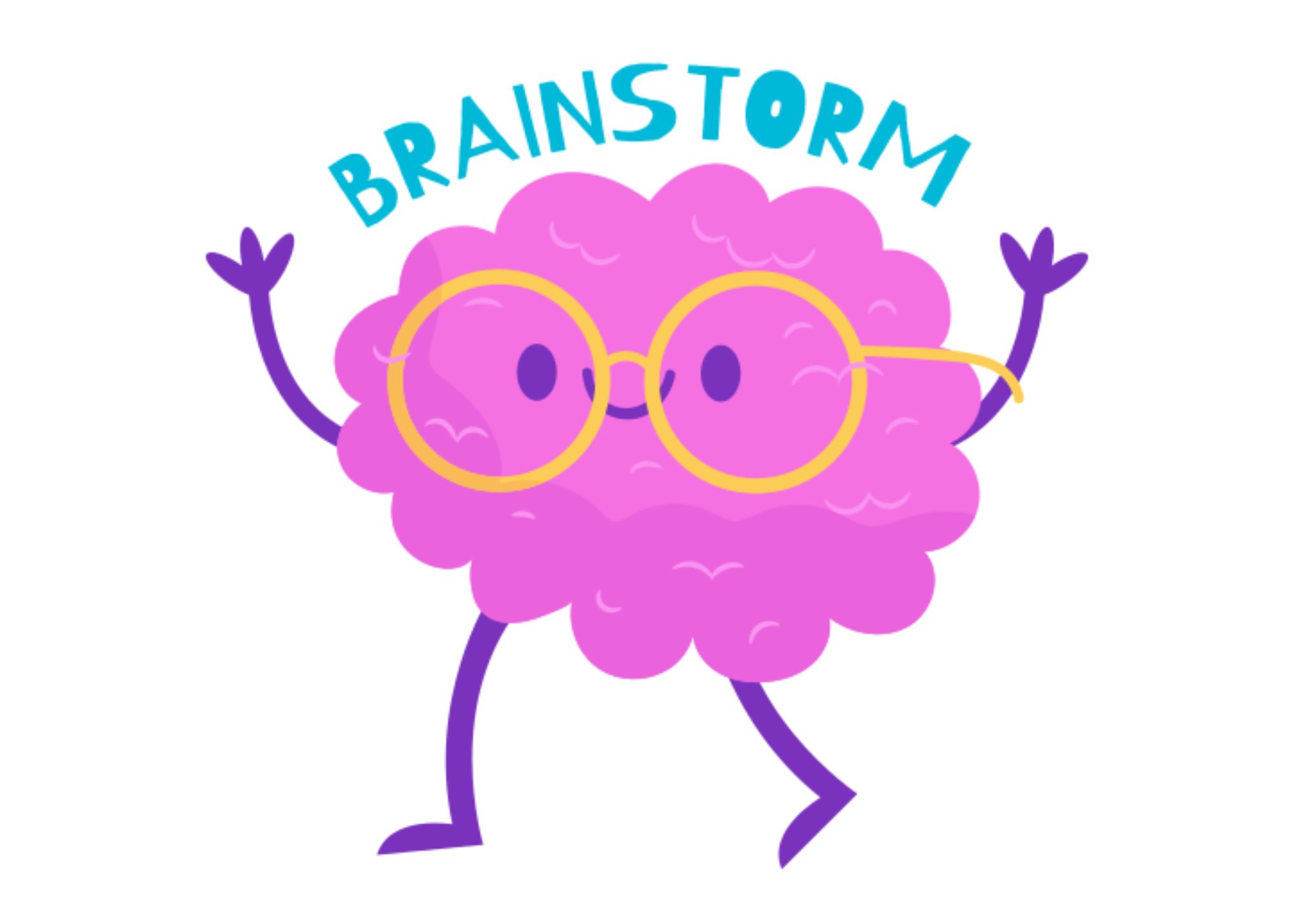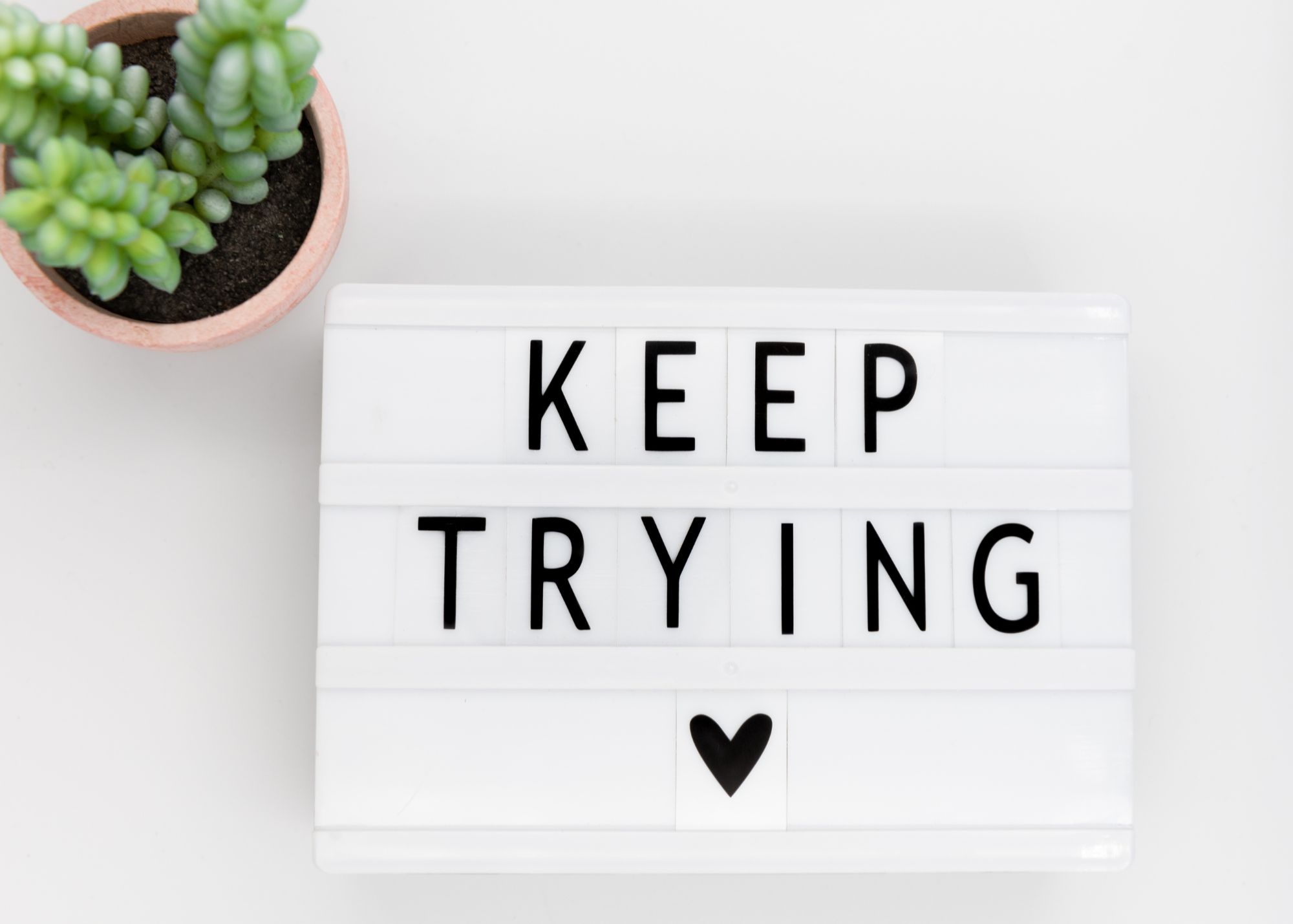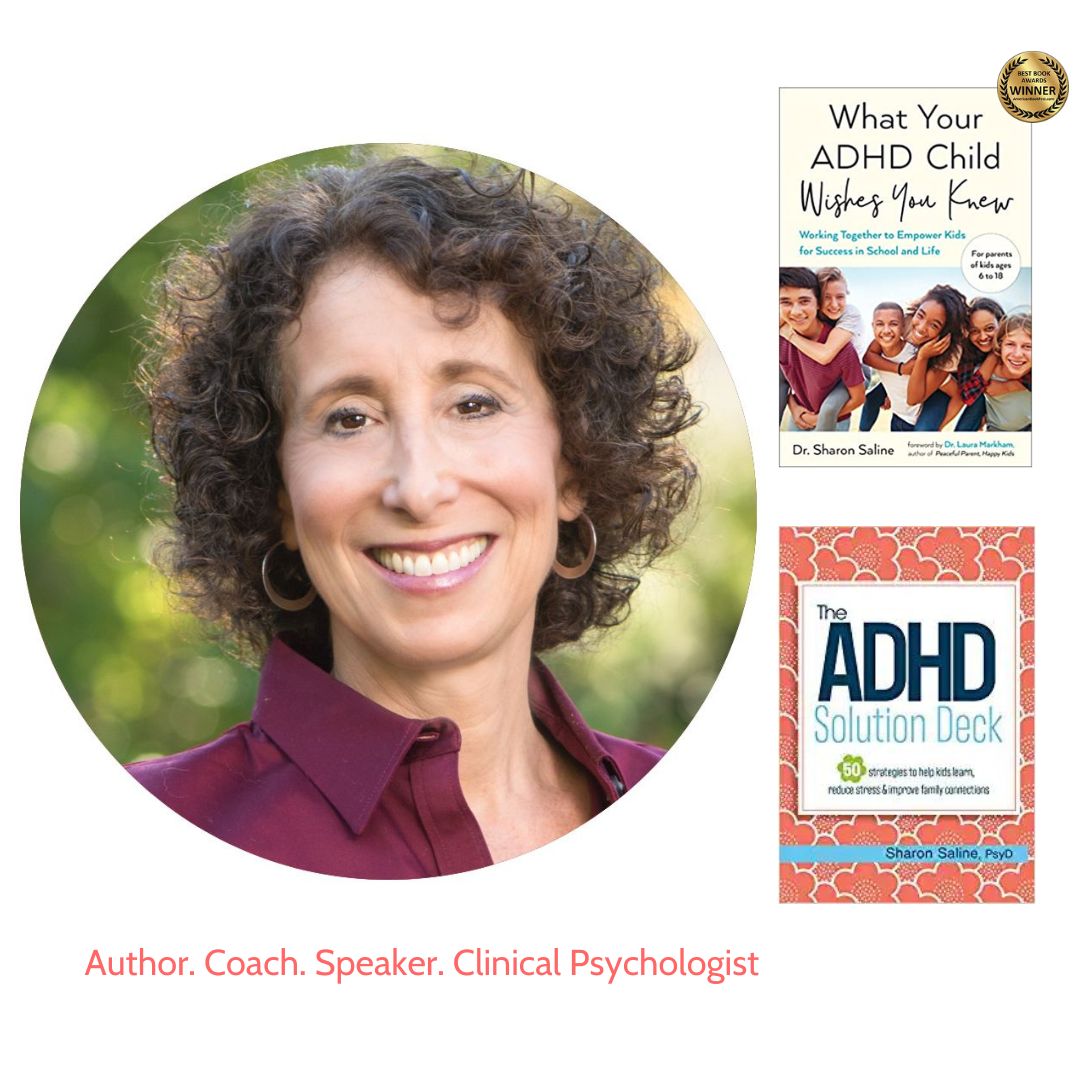4 Eye-Opening Reasons Why Kids Say “I Hate School!”
 Now that the school year is in full swing, I’ve noticed that more parents are sharing how much their kids with ADHD dislike school. Neurodivergent children and teens with ADHD, ASD, a learning disability, or other mental health issues work hard to hold it together during the academic day. Various teaching styles that may not make sense for their brains, long periods sitting at desks, complicated peer interactions, and constant demands on their very real executive functioning challenges frequently make the school the most complex area of functioning for alternative learners. When they arrive home desperately needing time to recover, process what’s happened that day, or zone out, they face homework, after-school activities, chores, or a part-time job. It may seem too much, but tempers rise, meltdowns ensue and the dislike of school grows even more. But what can you do to offer practical, authentic, caring support to shift this mindset for your kids with ADHD from “I hate school!” to “I’m Ready!”?
Now that the school year is in full swing, I’ve noticed that more parents are sharing how much their kids with ADHD dislike school. Neurodivergent children and teens with ADHD, ASD, a learning disability, or other mental health issues work hard to hold it together during the academic day. Various teaching styles that may not make sense for their brains, long periods sitting at desks, complicated peer interactions, and constant demands on their very real executive functioning challenges frequently make the school the most complex area of functioning for alternative learners. When they arrive home desperately needing time to recover, process what’s happened that day, or zone out, they face homework, after-school activities, chores, or a part-time job. It may seem too much, but tempers rise, meltdowns ensue and the dislike of school grows even more. But what can you do to offer practical, authentic, caring support to shift this mindset for your kids with ADHD from “I hate school!” to “I’m Ready!”?
4 Proven School Problems Parents Can Solve
The key to providing effective and caring school support for your kids with ADHD and more begins with recognizing the problem and shifting their mindset with a sustainable solution. Included below are four frequently mentioned problems by parents and solutions by experts that work.
Problem #1: Unrealistic goals for outside-the-box thinkers
 Since school uses all executive functioning skills throughout the day, kids often arrive home mentally and physically depleted. Remember, they’ve been asked repeatedly to adapt and perform at neurotypical levels, which may or may not work for their unique brains. Many of these alternative learners could have unusual strengths in some areas but not in others and are still expected to perform in all areas at the level of their strongest interests and abilities. Some students struggle because of unidentified learning disabilities as well. These standards put extra, unnecessary stress on children and teens and contribute to negative attitudes and lower self-esteem. In addition, they may feel misunderstood by their teachers and harbor frustration that nobody seems to understand enough to help them.
Since school uses all executive functioning skills throughout the day, kids often arrive home mentally and physically depleted. Remember, they’ve been asked repeatedly to adapt and perform at neurotypical levels, which may or may not work for their unique brains. Many of these alternative learners could have unusual strengths in some areas but not in others and are still expected to perform in all areas at the level of their strongest interests and abilities. Some students struggle because of unidentified learning disabilities as well. These standards put extra, unnecessary stress on children and teens and contribute to negative attitudes and lower self-esteem. In addition, they may feel misunderstood by their teachers and harbor frustration that nobody seems to understand enough to help them.
Solution #1: First, make sure your child or teen has been thoroughly evaluated for any learning challenges.
We want to make sure mandated services are in place for them if they qualify. Next, in conversation with your student, teachers, or guidance counselors, create two sets of expectations. The first set should be related to an interest, talent, or strength–something your child enjoys and does well. Find out what goal they would like to put out for themselves. Also, what do the adults think the youngster can handle? Then agree with this, write it down, and check in weekly about it.  Second, they should be related to a challenging area that your child either doesn’t enjoy or struggles with. What goals would be realistic to set here? For instance, if your teen loves math and takes an advanced math class, what are their hopes for their performance in this subject? Also, if they have dyslexia and English is tough, figure out what would be appropriate for this class to be effective. Things don’t have to be the same, but the process of talking about issues and making doable plans works best when it is consistent. The goal is to develop a sense of progress to encourage effort and nurture strengths while shoring up challenges.
Second, they should be related to a challenging area that your child either doesn’t enjoy or struggles with. What goals would be realistic to set here? For instance, if your teen loves math and takes an advanced math class, what are their hopes for their performance in this subject? Also, if they have dyslexia and English is tough, figure out what would be appropriate for this class to be effective. Things don’t have to be the same, but the process of talking about issues and making doable plans works best when it is consistent. The goal is to develop a sense of progress to encourage effort and nurture strengths while shoring up challenges.
Problem #2: Inconsistent motivation and focus
 In the book ADHD and Asperger’s syndrome in smart kids and adults (2022), Dr. Thomas Brown talks about the central mystery of ADHD as fluctuating motivation and attention based on varying interests. It’s confusing to kids, teens, and adults with ADHD and those who live, teach or work with them why someone can concentrate on something like playing the guitar for hours but not be able to focus on a twenty-minute assignment for science. Motivation based on a strong personal interest or the belief that something terrible will happen imminently seems to get folks going, but not always. Jules, age 15, says: “I feel like if I’m interested in a subject, I’m good at it, but if I’m not, it’s not as good. If I’m not interested in it, I’m spacing out and I’m just not paying as much attention. It depends on what mood I’m in.” Jules is aware of how interest affects his concentration, but if something is boring or he’s not in the right mood, he struggles with doing it.
In the book ADHD and Asperger’s syndrome in smart kids and adults (2022), Dr. Thomas Brown talks about the central mystery of ADHD as fluctuating motivation and attention based on varying interests. It’s confusing to kids, teens, and adults with ADHD and those who live, teach or work with them why someone can concentrate on something like playing the guitar for hours but not be able to focus on a twenty-minute assignment for science. Motivation based on a strong personal interest or the belief that something terrible will happen imminently seems to get folks going, but not always. Jules, age 15, says: “I feel like if I’m interested in a subject, I’m good at it, but if I’m not, it’s not as good. If I’m not interested in it, I’m spacing out and I’m just not paying as much attention. It depends on what mood I’m in.” Jules is aware of how interest affects his concentration, but if something is boring or he’s not in the right mood, he struggles with doing it.
 Solution #2: Nurturing motivation depends on identifying interests and relying on extrinsic and intrinsic incentives.
Solution #2: Nurturing motivation depends on identifying interests and relying on extrinsic and intrinsic incentives.
Extrinsic motivation is an outside responsibility or reward that depends on achieving a goal. You pay for your train ticket in advance, so you have a seat; you turn in your history paper on time, so you don’t receive a poor grade. Intrinsic motivation means striving toward a goal for personal satisfaction or accomplishment. Ex. You decide to ride your bike for ten miles instead of five; you make the next level on a computer game. Intrinsic motivation drives us naturally because we are engaged and happy in what we are doing. But, when there is no clear or immediate satisfaction from a task, it takes kids (and adults) with ADHD longer to do anything. They prefer to avoid it and do something they enjoy first, never getting into dreaded activity. To change this pattern means putting the Have-Tos before the Want-Tos. Many neurodivergent kids need to learn how to set up effective incentives that matter to them to tackle the unpleasant stuff. It also helps to break undesirable tasks into small pieces, so there’s a sense of accomplishment as you tick things off.
Problem #3: Trouble navigating the social world
 Many neurodivergent kids struggle with making and keeping friends. They may feel awkward at the lunch table, during recess, or speaking in front of others. Verbal or visual cues and misread body language may be missed. Or they may often notice that other kids seem to display ease with each other they don’t possess. School is the environment where the social world is on full display. It’s the crucible for launching friendships, changing relationship dynamics, constant comparisons, and experiencing bullying. Managing social dynamics and academic challenges can overwhelm the already taxed executive functioning skills of neurodivergent children and teens. In addition, many neurodivergent children and teens feel ashamed that they can’t ‘be like everyone else’ and engage more naturally with other people. They tend to hide what’s happening inside and may also lack the language to discuss their true feelings.
Many neurodivergent kids struggle with making and keeping friends. They may feel awkward at the lunch table, during recess, or speaking in front of others. Verbal or visual cues and misread body language may be missed. Or they may often notice that other kids seem to display ease with each other they don’t possess. School is the environment where the social world is on full display. It’s the crucible for launching friendships, changing relationship dynamics, constant comparisons, and experiencing bullying. Managing social dynamics and academic challenges can overwhelm the already taxed executive functioning skills of neurodivergent children and teens. In addition, many neurodivergent children and teens feel ashamed that they can’t ‘be like everyone else’ and engage more naturally with other people. They tend to hide what’s happening inside and may also lack the language to discuss their true feelings.
Solution #3: Extreme self-consciousness, uncertainty about the definition of a friend, and difficulty with the give-and-take of relationships can lead to exclusion or isolation.
Outside-the-box thinkers compare themselves to others and often find themselves lacking. But, the creative, unique ways alternative learners see the world can also result in leadership opportunities and peer respect. Building social skills is critical for developing self-confidence and increased comfort with interpersonal interactions.  Help your neurodivergent child or teen by brainstorming and practicing conversational tools at home, creating a few stock responses to common questions, and formulating an exit strategy when they feel uncomfortable. I taught one of my tween clients to say, “That’s a good question. Can I get back to you?” when she didn’t know what to say to someone. Instead of walking away with no response and alienating the other person, she now had a tool that worked in various uncertain situations. This made her feel better about herself, and nobody was annoyed with her. Even saying phrases in the hallway, such as “Hey, nice to see you” or “What’s up?” can help kids feel more comfortable. Determine the right amount of involvement in the social life of your child. As parents, we are acutely sensitive and reactive to any social challenges our kids may be experiencing. When there’s an issue, listen instead of giving advice and work with them to find solutions instead of giving advice.
Help your neurodivergent child or teen by brainstorming and practicing conversational tools at home, creating a few stock responses to common questions, and formulating an exit strategy when they feel uncomfortable. I taught one of my tween clients to say, “That’s a good question. Can I get back to you?” when she didn’t know what to say to someone. Instead of walking away with no response and alienating the other person, she now had a tool that worked in various uncertain situations. This made her feel better about herself, and nobody was annoyed with her. Even saying phrases in the hallway, such as “Hey, nice to see you” or “What’s up?” can help kids feel more comfortable. Determine the right amount of involvement in the social life of your child. As parents, we are acutely sensitive and reactive to any social challenges our kids may be experiencing. When there’s an issue, listen instead of giving advice and work with them to find solutions instead of giving advice.
Problem #4: Fixed mindsets
 Neurodivergent children and teens tend to be concrete thinkers with fixed mindsets as a result of experiencing constant negative feedback about themselves. Maybe they struggle with verbal impulse control or recall, or emotional regulation. Many kids and teens with ADHD aren’t necessarily aware of doing something offensive until they receive a negative response. This increases their worry about messing up again in the future and lowers their confidence in changing such behaviors. In a fixed mindset, people believe that their basic qualities, like intelligence or talents, are static traits that can’t improve. Then they are overly focused on an outcome, disappointed if they can’t achieve the perceived outcome. Perfectionism, procrastination, and low self-worth are all related to fixed mindsets. Fixed mindsets lead a student to give up on something quickly, sometimes even before trying. They don’t see the possibility of a different outcome. Of course, fixed mindsets affect academic, athletic, or extracurricular performance and social relationships.
Neurodivergent children and teens tend to be concrete thinkers with fixed mindsets as a result of experiencing constant negative feedback about themselves. Maybe they struggle with verbal impulse control or recall, or emotional regulation. Many kids and teens with ADHD aren’t necessarily aware of doing something offensive until they receive a negative response. This increases their worry about messing up again in the future and lowers their confidence in changing such behaviors. In a fixed mindset, people believe that their basic qualities, like intelligence or talents, are static traits that can’t improve. Then they are overly focused on an outcome, disappointed if they can’t achieve the perceived outcome. Perfectionism, procrastination, and low self-worth are all related to fixed mindsets. Fixed mindsets lead a student to give up on something quickly, sometimes even before trying. They don’t see the possibility of a different outcome. Of course, fixed mindsets affect academic, athletic, or extracurricular performance and social relationships.
Solution#4: Nurture a growth mindset by noticing and validating what’s working for your child or teen.
Your kids need help counterbalancing the negative things they tell and hear from others. A growth mindset refers to the belief that we can change and grow from our mistakes. Rather than something we should avoid or be afraid of, are a natural part of living. This mindset is crucial for alternative learners. They realize they can regroup after trying something that doesn’t work instead of blaming or shaming themselves. When we try something, we risk failure; when we avoid something, we ensure it. When kids value the process of trial-and-learning, they become aware that learning and intelligence grow with time and experience. This mindset counters the failure mentality many alternative learners harbor and nurtures essential resilience instead. As Dahlia, age 12, says, “Hopefully, this works. If not, I will have to find a new way to do it, to be brave. It’s hard sometimes, but there’s always a way to pick yourself up.”
Be Brave. Be Patient. Keep Trying.

Follow me on social media: YouTube, Facebook, Twitter, and Instagram.
Invite Me to Speak | Join A Group | Newsletter | Read my blog
Sign-up for my newsletter today and receive 10% off!
